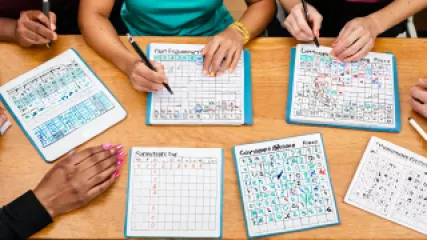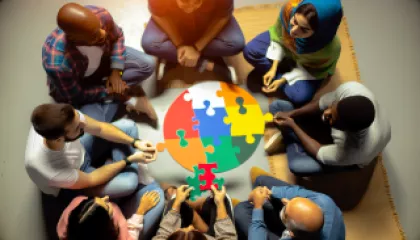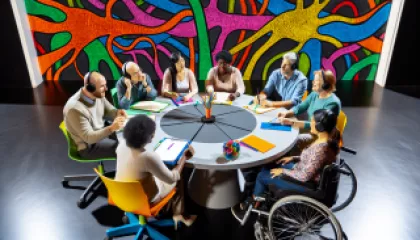Effective Anger Management Techniques for Kids: Insights from Child Psychology Research
1 year ago
Child Psychology
5 Effective Stress Management Tips for Ultimate Relaxation
1 year ago
Techniques for Relaxation
Building Diversity-Focused Mental Health Support through Cultural Competence
1 year ago
Cultural Competence
Overcoming Setbacks: A Research Summary on Finding Motivation After Failure
1 year ago
Finding Motivation After Failure
The Impact of Mindfulness on Mental Health: A Personal Perspective
1 year ago
Mindfulness
Bridging the Mind-Body Divide: A Step-by-Step Guide
1 year ago
Mind Body Dichotomy
Learning to Manage Panic Attacks from 'The Martian'
1 year ago
Panic Attacks
10 Effective Strategies to Overcome Boredom
1 year ago
Dealing with Boredom
5 Effective Techniques to Boost Your Memory Power
1 year ago
Improving Memory Techniques
Top 10 Expressive Arts Therapy Techniques for Improved Mental Health
1 year ago
Expressive Arts Therapy
What Does Your Body Language Say About You?
1 year ago
Body Language Basics
Applying Lessons from 'The Social Dilemma' to Understand Social Networking Impact
1 year ago
Social Networking Impact
Step-by-Step Guide to Debunking Common Mental Health Myths
1 year ago
Mental Health Myths Debunked
Overcoming Midlife Crisis: My Personal Journey to Rediscovery
1 year ago
Navigating Midlife Crisis
Understanding Neurodiversity: Key Research Findings
1 year ago
Neurodiversity














